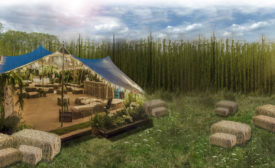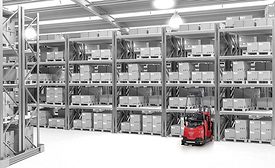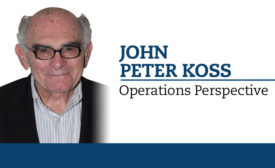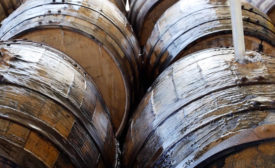Home » Keywords: » plant design
Items Tagged with 'plant design'
ARTICLES
BrewDog sustainable investments bring operations to carbon negative
Read More
Warehouse
Automation places pressure on lift trucks
Forklifts employ telematics, key safety measures
September 2, 2020
Operations Perspective
Safety review vital for beverage operations
Comprehensive review supports safe, secure working conditions
August 28, 2020
Supplier's Marketplace
Larson Electronics offers KN95 masks to halt spread of COVID-19
Masks trap virus particles before they can become airborne
July 11, 2020
Ingredient suppliers open new formulation facilities
AIDP signs exclusive agreement with NutraEx Food Inc.
May 16, 2016
How to maximize a warehouse's core assets
Facilities, equipment and personnel vital to beverage operations
March 15, 2016
Top beverage companies striving, achieving zero-waste goals
Water management key to reducing waste in manufacturing plants
November 16, 2015
Lagunitas' Chicago plant allows consumers to get a peek inside the craft brewer's operations
Craft brewer already has plans to expand brewing and packaging operations
March 12, 2015
Elevate your expertise in the beverage marketplace with unparalleled insights and connections.
Join thousands of beverage professionals today. Shouldn’t you know what they know?
JOIN NOW!Copyright ©2025. All Rights Reserved BNP Media.
Design, CMS, Hosting & Web Development :: ePublishing










